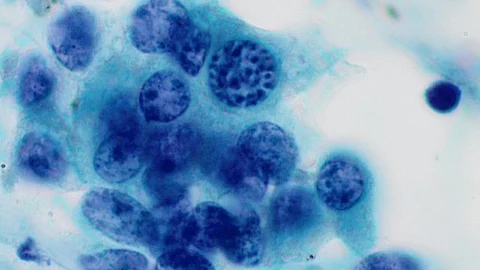In conclusion, the model can help predict lymph node metastasis. Moreover, the model equips surgeons with a crucial tool for selecting the most appropriate surgical procedures and treatment strategies, potentially transforming patient outcomes in the challenging medical field.
###
This work was supported by JSPS KAKENHI Grant Number JP22K20814; the Rare Tumor Research Special Project of the National Natural Science Foundation of China (82141104) and Clinical Research Special Project of Shanghai Municipal Health Commission (202340123).
Original Paper
Title of original paper:
Development and validation of CT-based radiomics deep learning signatures to predict lymph node metastasis in non-functional pancreatic neuroendocrine tumors: a multicohort study. (KB/newswise)


